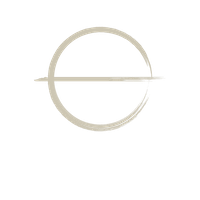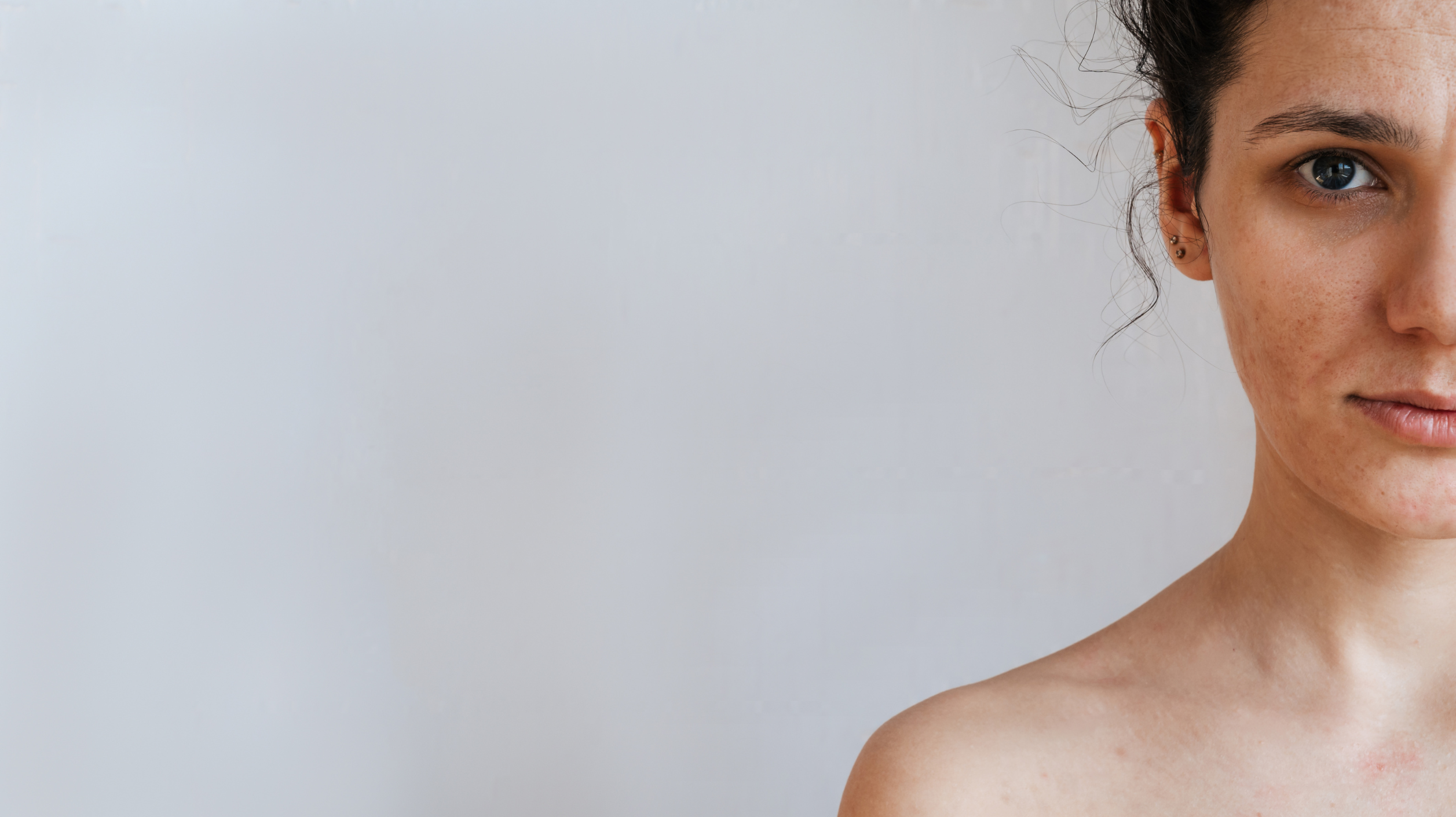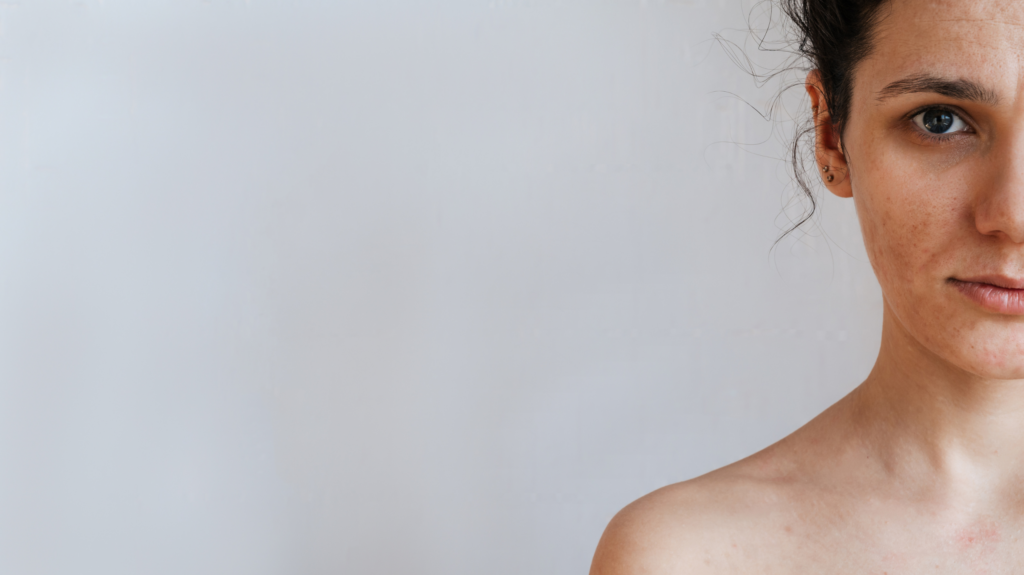
While often thought of as a teenage issue, acne can persist well into adulthood, affecting individuals of all ages. According to Yale Medicine, over 25% of women and 12% of men in their 40s report experiencing acne, underscoring its long-lasting impact. Additionally, the Cleveland Clinic reports that 1 in 5 individuals will develop acne scarring, which can further affect self-esteem and confidence. At Salt Spa, we understand the emotional and physical toll that adult acne and scarring can take, and we offer personalized acne scar treatment options to improve skin texture and tone. One of our most effective approaches combines advanced laser resurfacing with a TCA peel. Keep reading to learn more about this innovative treatment and how it can help you achieve smoother, more radiant skin.
Understanding Acne Scarring
Acne scars develop when severe acne penetrates the skin deeply, causing damage to the tissue beneath. Various scar types can form when the tissue is damaged, including rolling, boxcar, and ice pick scars. Each type requires a tailored treatment process to achieve optimal results.
Types of Acne Scarring

Our Combined Acne Scar Treatment Approach
Our laser resurfacing and TCA peel treatment is designed to address a variety of acne scars effectively. Below is an outline of the four-step process, along with an optional two-step add-on, to help you understand what to expect.
Step 1: Numbing for Comfort
Before beginning the procedure, your provider will apply a topical numbing agent and/or a facial block to ensure the treatment is as comfortable as possible.
Step 2: TCA Peel for Deep Acne Scarring
Once you are numb, a TCA (trichloroacetic acid) peel will be carefully applied to the deepest scars. Unlike superficial peels, caustic peels like TCA are highly effective for most types of acne scars, as supported by research (Arsiwala, 2014). The TCA peel exfoliates the top layers of skin, stimulates new cell growth, and helps improve overall texture.
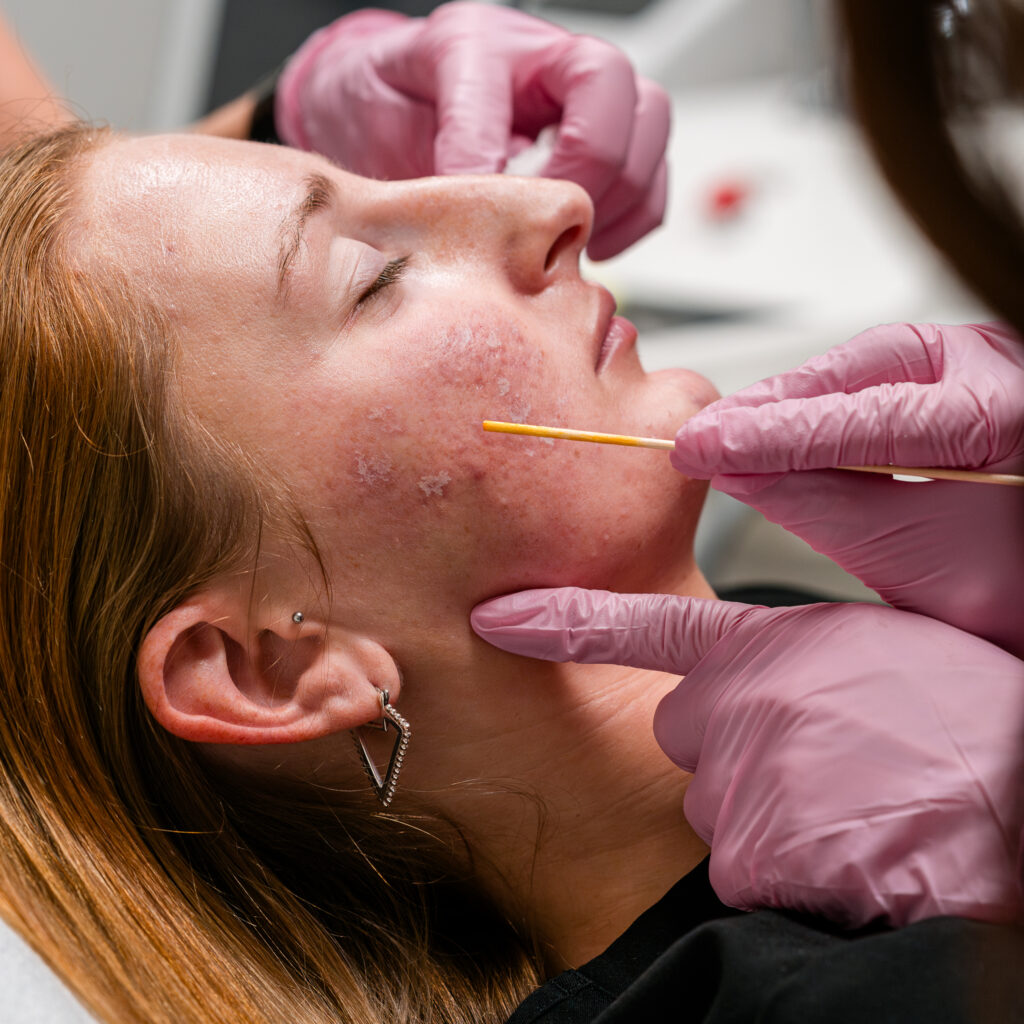
Step 3: Subcision to Release Scarred Tissue
After applying the TCA peel, your provider will target depressed acne scars with a subcision procedure. A subcision works to release scars that are stuck to the deeper tissues and bound down. It involves creating a small entry point in the skin to pass a specialized cannula through. The cannula gently separates and releases the bands of scar tissue that pull the skin down, causing indentations. A minimally invasive part of the procedure, a subcision effectively “lifts” the scar and stimulates collagen production to improve the appearance of the skin.
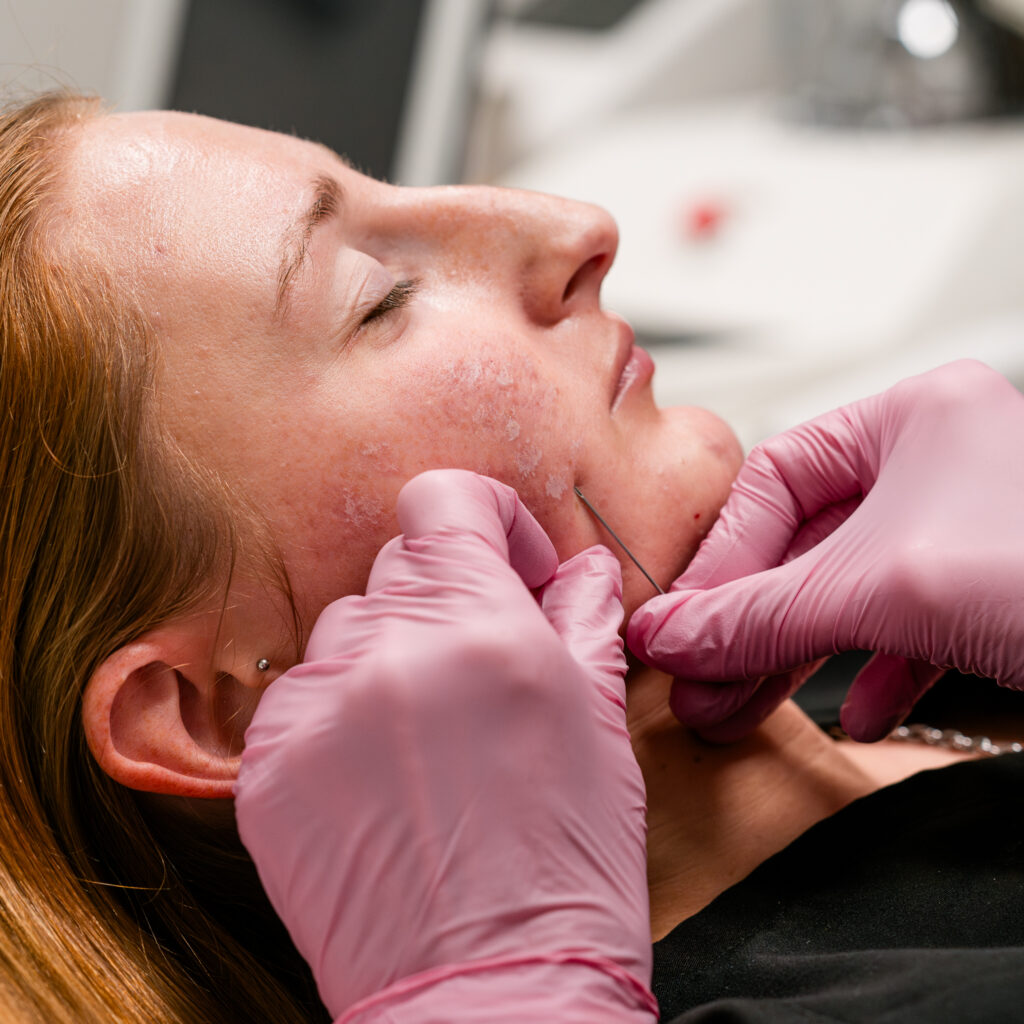
Step 4: Advanced Laser Resurfacing
Next, your provider will use the Sciton HALO™ laser to address pigment and textural concerns caused by acne scarring. This advanced hybrid fractional laser combines ablative and non-ablative wavelengths to remove damage to the skin surface while penetrating deeply to stimulate collagen production.
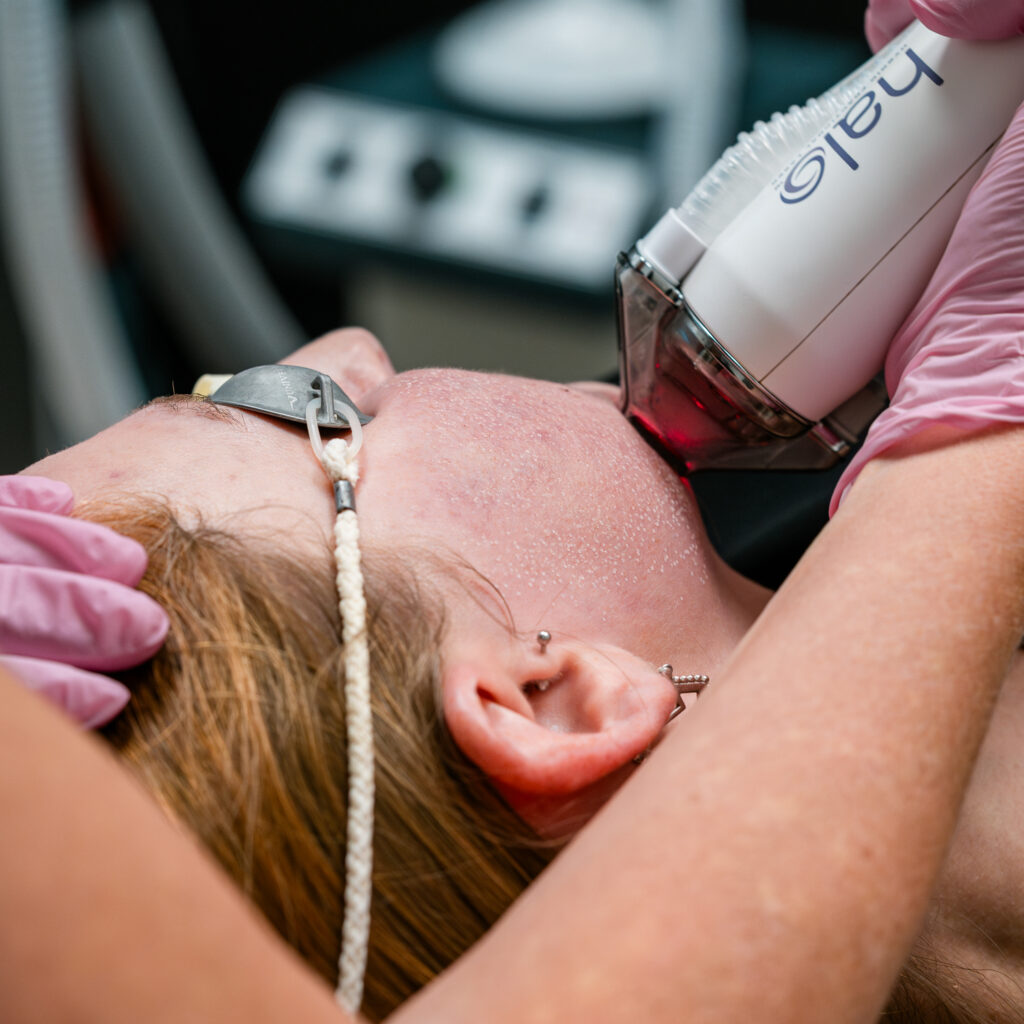
Step 5: Optional Tetra C02 Laser for Severe Scarring
For patients with severe acne scarring, an additional laser treatment called Tetra may be applied to the most affected areas. The Tetra is a C02 laser designed to reach deeper layers of skin, making it ideal for more entrenched scars. When used alongside the HALO™, the two technologies complement each other to address scarring at multiple depths and enhance overall skin texture.
Enhanced Healing with AnteAGE® Exosome Solution
For those wishing to speed up the healing process, AnteAGE® Exosome Therapy can be added post-treatment. AnteAGE® Exosomes are tiny, naturally occurring particles with powerful growth and healing factors. Derived from human bone marrow stem cells and umbilical cord stem cells, AnteAGE® Exosomes are a highly effective addition to the acne scar treatment process for boosting skin repair and regeneration.
What to Expect During Recovery
Healing times vary by individual, but most patients experience swelling and mild discomfort (similar to a sunburn) for the first three days. Total recovery typically takes about a week. We recommend cool compresses, lymphatic massage, and a post-procedure skincare kit to support healing.
Preparing For Your Acne Scar Treatment
The following are important steps to take to prepare your skin for treatment and ensure the best possible results.
- Avoid sun exposure for 2–4 weeks before your procedure.
- Discontinue Accutane at least six months prior.
- Use medical-grade skincare products to prepare your skin for the treatment.
Maintaining Results Post-Treatment
The following steps are essential for maintaining your results and keeping your skin healthy after treatment.
- Follow a strict sun-protection regimen during and after the treatment series.
- Adhere to your personalized skincare plan to maintain and enhance results.
Take the First Step Toward Smoother Skin
If acne scars have left you feeling less confident, our innovative laser resurfacing and TCA peel acne scar treatment can help. Schedule a FREE consultation today to learn how this personalized approach can transform your skin and restore your confidence.
